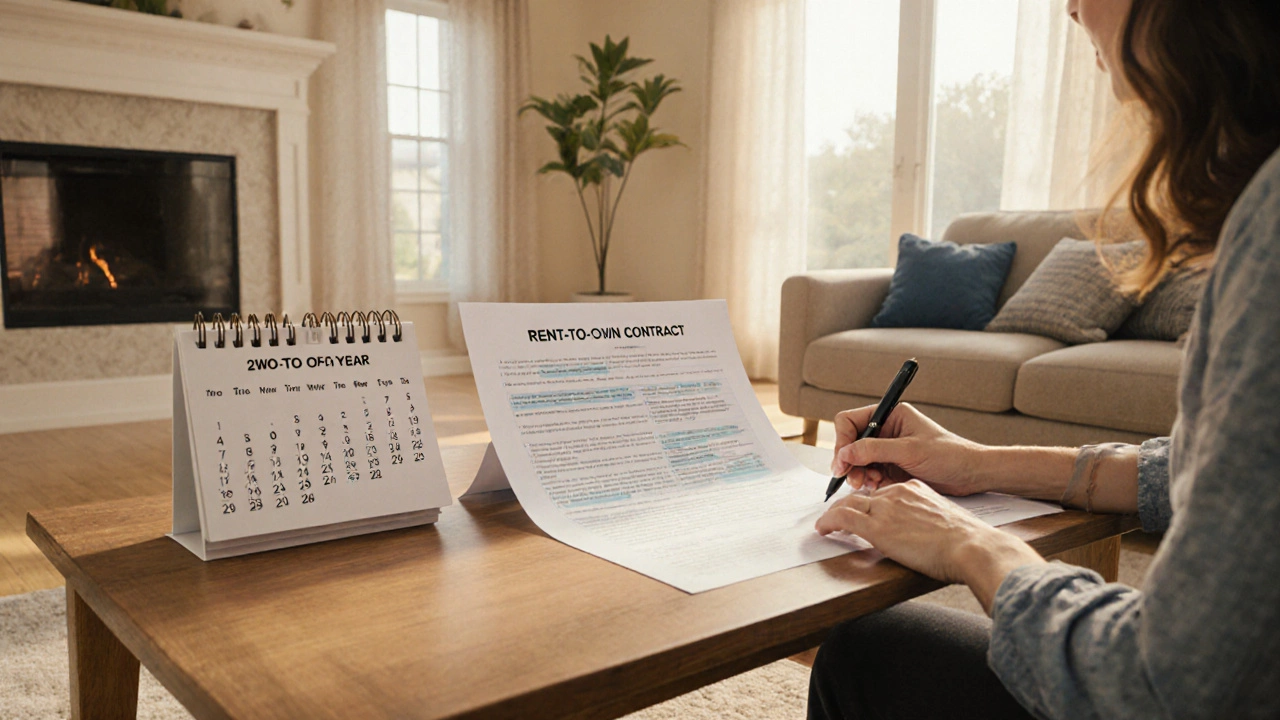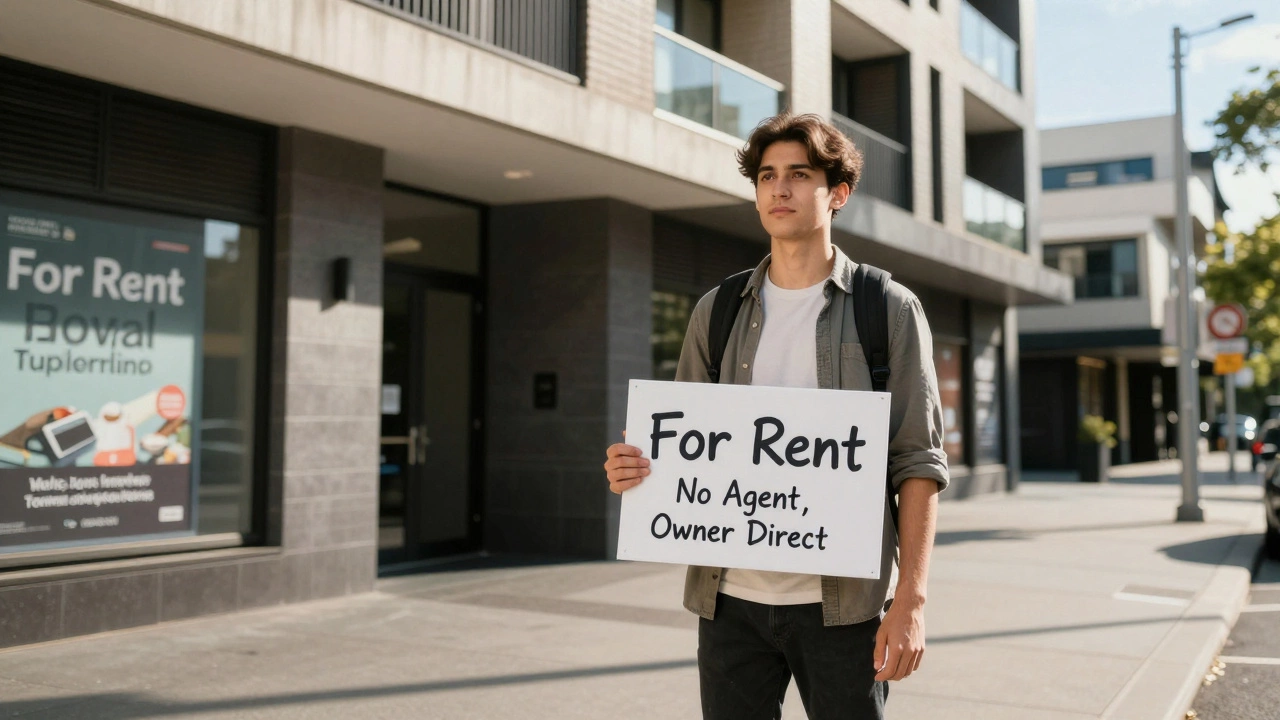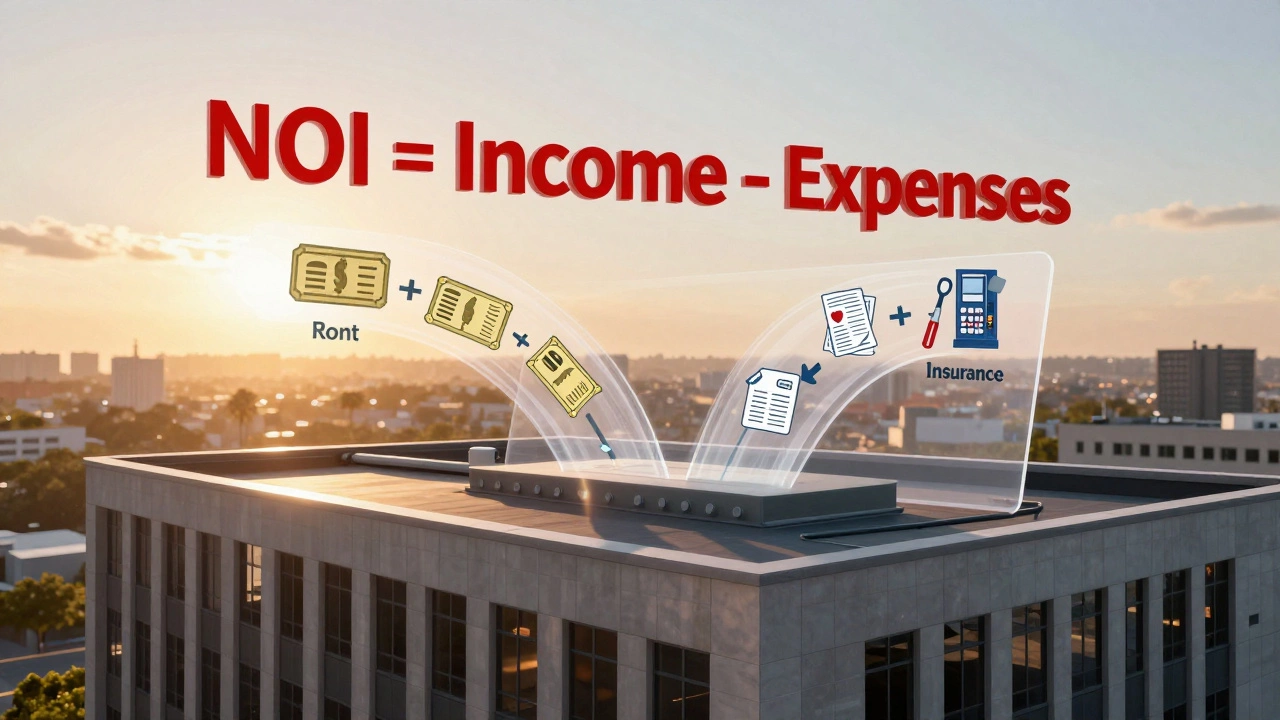Rent‑to‑Own Agreement: What It Is and Why It Matters
When dealing with rent‑to‑own agreement, a hybrid contract that lets a tenant rent a property with an option to purchase it later. Also known as lease‑to‑own, it blends elements of a lease agreement, a standard rental contract that outlines rent, duration, and tenant duties and a mortgage, a loan used to finance the purchase of real estate. The seller often provides seller financing, a credit arrangement where the property owner acts as the lender to bridge the gap between renting and owning.
This arrangement creates a clear pathway: the rent‑to‑own agreement enables a tenant to become a future homebuyer, someone who ultimately owns the property after exercising the purchase option. Key attributes include an upfront option fee (usually 1‑5% of the agreed purchase price), monthly rent that may carry a credit toward the eventual down payment, and a fixed purchase price set at signing. These components lock in the buyer’s future cost while giving the seller a steady cash flow and a committed buyer.
Key Components and Legal Checks
Understanding the contract’s anatomy helps avoid costly surprises. First, verify the option period – the window during which the tenant can exercise the purchase right – and confirm how rent credits are calculated. Next, examine any maintenance responsibilities; some agreements shift upkeep to the tenant, which can affect budgeting. Finally, review the default clauses: if the tenant misses payments or fails to qualify for financing, the option fee may be forfeited, and the landlord can retain the property. Consulting a contract attorney familiar with local real‑estate law can clarify these points and ensure the agreement complies with state regulations.
Practical steps for anyone considering a rent‑to‑own deal start with a simple financial check. Calculate the total cost by adding the option fee, accumulated rent credits, and the fixed purchase price. Compare this sum to a traditional mortgage scenario to see if the hybrid route offers a real advantage. Also, run a credit check early – many sellers require the tenant to qualify for financing before the option is exercised. Secure the agreement in writing, keep copies of all payment receipts, and set reminders for key dates like the option‑expiry deadline.
Whether you’re a tenant looking to step onto the property ladder or a seller aiming to attract committed renters, the rent‑to‑own agreement ties together leasing, financing, and future ownership into one package. Below you’ll find articles that break down occupancy calculations, legal nuances, and real‑world examples to help you make an informed decision.

Typical Length of Rent-to-Own Contracts Explained
Rent-to-own contracts usually last 2‑5 years, but the exact term varies with lease terms, option fees, and market conditions. Learn the factors, typical lengths, and a checklist to evaluate deals.




